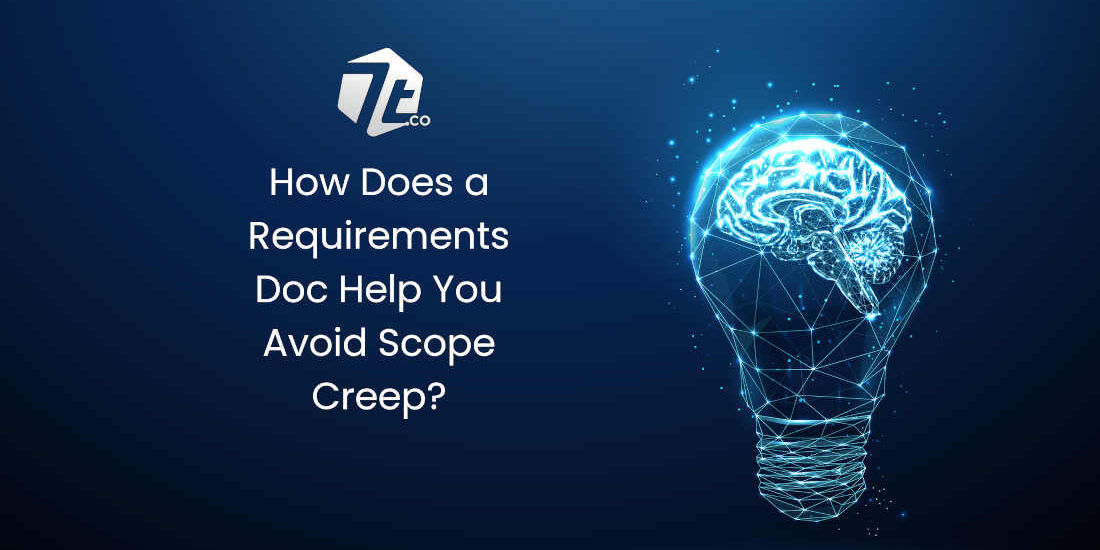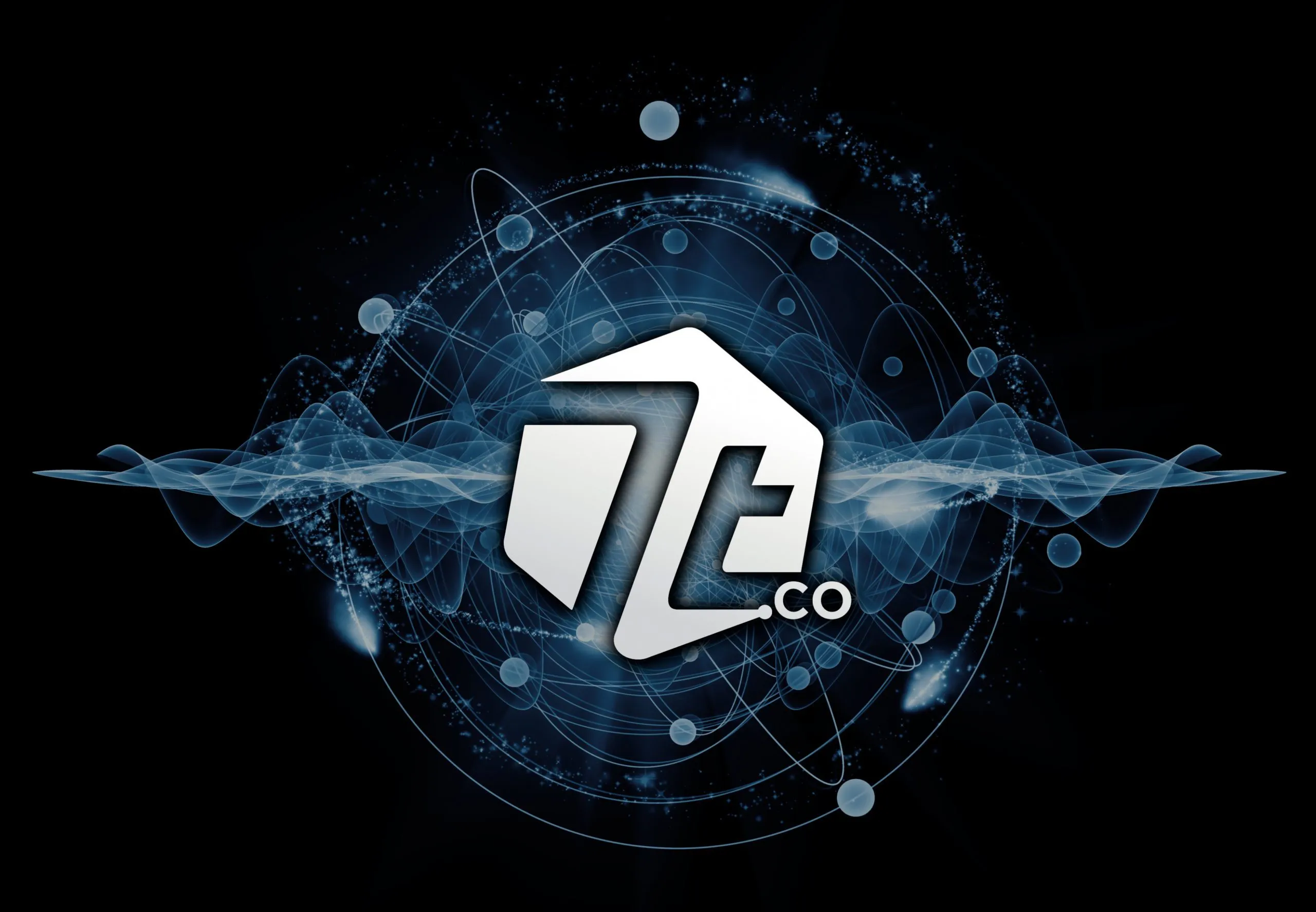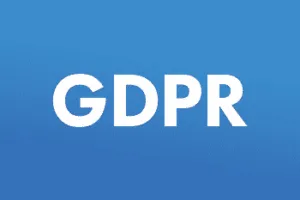Scope creep is one of the most problematic and challenging issues that can arise during the course of a Digital Transformation project. Unfortunately, scope creep can be very costly — both figuratively and quite literally — leading to extended development timeframes, increased costs and significant stress for everyone involved. But there are some effective strategies for avoiding scope creep, with a development project requirements document being one of the best tools for avoiding this common Digital Transformation pitfall.
What is Scope Creep? And What Causes it?
Scope creep refers to a common Digital Transformation challenge that occurs as the project is gradually and slowly expanded. Take the example of an enterprise software development project. You start off with a well-defined scope, but a couple weeks into development, you realize that you forgot to mention a must-have feature. So you approach the development team and ask to add this feature to the software platform. It’s a relatively easy-to-develop feature, so the developers agree to add it to the project scope with no real discussion of any impact to project timeframe or cost. Then, a few days later, you realize that you need to change the specs for a key functionality. You discuss the modifications with the developers and the project scope is adjusted, but again, there’s no real discussion about how these changes will affect cost or timeline.
This process repeats throughout the duration of the project and before you know it, the current project scope is significantly different from the original version. The developer and the client find themselves in a bad situation because the project timeline and costs have both increased significantly. Expectations no longer align with reality, leading to major tensions and some very awkward discussions.
Scenarios such as these are commonplace in the world of Digital Transformation development and measures must be taken to avoid scope creep. The reality is that scope creep can strike at any point during a development project, whether it involves enterprise software development, process automation, mobile app development or another form of Digital Transformation. The size and duration of the project matters naught; any project — large or small, brief or years-long — can be affected by scope creep.
How Does a Software Project Requirements Document Help Avoid Scope Creep?
A software requirements document is an essential tool in the world of Digital Transformation development projects. A requirements doc contains essential information that maps out the project in highly granular detail. Every aspect of the project is examined in a software requirements document, providing the client and the developers with a well-defined outline that will guide the project from start to finish.
A software project requirements document will include a variety of different features and sections, including the following.
Needs and Challenges – The document will include detailed information about the client’s needs in a software platform. If you think of an enterprise software platform as a solution to a problem, then the requirements document offers an opportunity to explain those challenges. The software platform is ultimately architected in a manner that represents a solution to the client’s pain points
.
Users and User Paths – A requirements doc typically features definitions for each type of user who will be engaging with the software platform. In addition to this, the different user paths will be outlined, providing the development team with an idea of precisely how each type of user will travel through the software platform. A firm understanding of the software platform’s users allows for a strong UI/UX design. This information may also be helpful down the road when user training gets underway.
.
Technical Specs – The requirements document will include technical specs for the project, with mentions of specific technologies that will be leveraged in order to achieve the desired results.
Timeline and Cost – Project timelines vary depending upon factors such as the size and nature of the project and the size of the development team that will be working on the project. The timeline also influences cost. All of these points will be addressed in the requirements doc, which also includes a schedule with the different phases of the project. This ensures that everyone is aligned and knows what to expect as the Digital Transformation progresses.
A requirements doc prevents scope creep by providing a highly-detailed overview of the project and all of its components. The very process of compiling the software requirements document prompts the client to thoroughly consider every aspect of the Digital Transformation project, reducing the chances that anything will be overlooked in a way that would prompt changes in scope down the road. What’s more, a software requirements document helps to get everyone on the same page, so to speak, ensuring that everyone’s expectations are well-aligned.
You can prevent scope creep by carefully considering the scope and documenting this information — all before a single line of code is written. And if scope changes are required at any point, you can simply update the requirements document or draft an addendum. The original document serves as an easy, clear point of reference with your original scope. It should also serve as a way to nail down a strategy for implementing changes.
Scope creep can make for awkward discussions and major tensions in cases where timelines are extended and costs increase. But this can all be avoided with clear documentation and a thorough consideration of the project’s specs before work gets underway.
At 7T, we place great emphasis on the development of a requirements document, with one version designed for the technical aspects and another to detail the business and operational aspects. This allows us to avoid scope creep and all the challenges that can result from it.
Achieving a Solid ROI With Digital Transformation Development Projects
To achieve your Digital Transformation goals using process automation, you’ll need an experienced team that knows how to develop technologies that will capture your unique processes and workflows, while simultaneously improving efficiency and productivity.
At 7T, we take a collaborative approach to enterprise development projects. We engage the client from the discovery phase to deployment. Our many Digital Transformation service offerings include process automation solutions, enterprise software development for ERP and CRM systems (among others), along with SaaS development for web apps and mobile apps, amongst others. We work extensively with cutting-edge technologies as we strive to help clients solve pain points, improve efficiency and achieve their business goals.
We’re guided by the approach of “Digital Transformation Driven by Business Strategy.” As such, the 7T development team works with company leaders who are seeking to solve problems and drive ROI through Digital Transformation and innovation. We then provide collaborative, multi-phased and impactful Digital Transformation solutions.
7T has offices in Dallas, Houston and Austin, but our clientele spans the globe. If you’re ready to learn more about Digital Transformation and what we can do for your business, contact 7T today.










